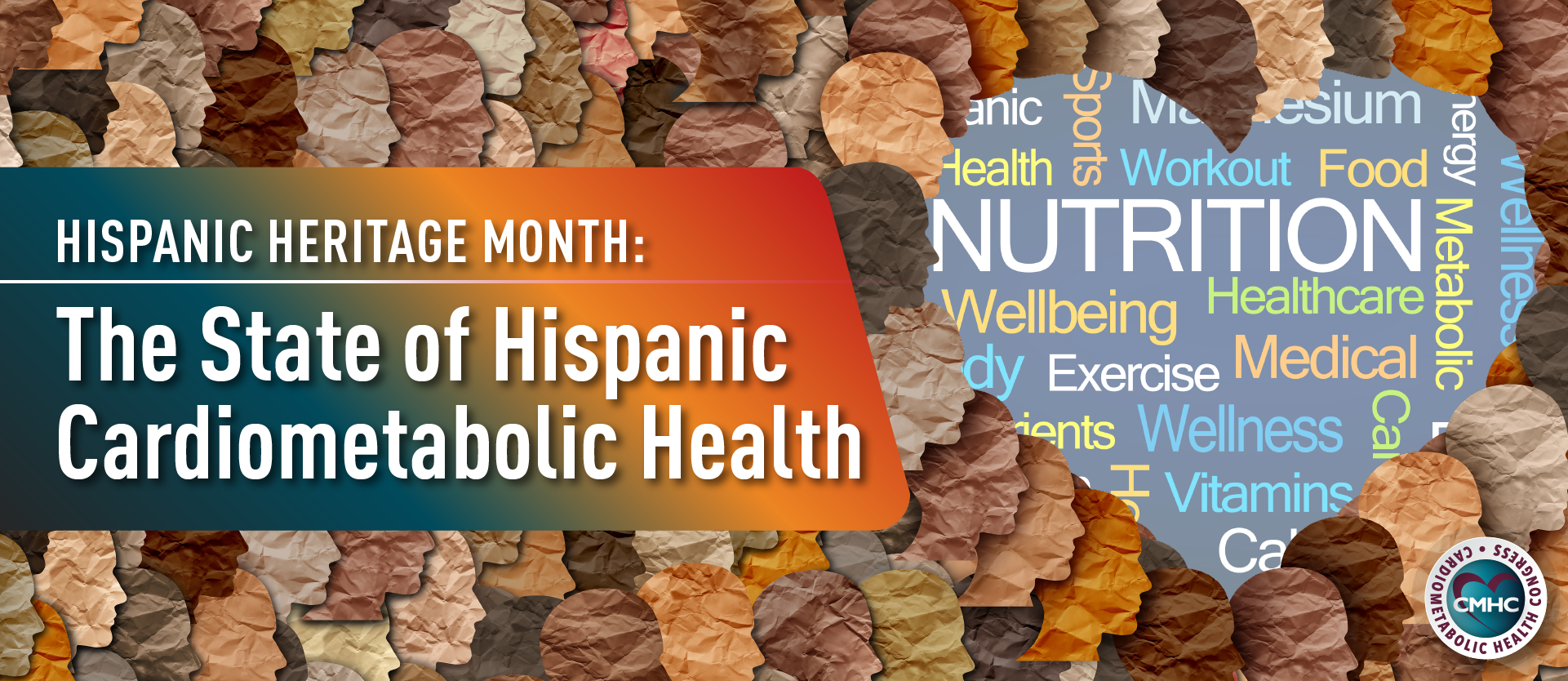An annual celebration of the vast historic and cultural achievements of Hispanic/Latino Americans, Hispanic Heritage Month begins each year on September 15th and ends on October 15th. During this time organizations in the medical industry aim to highlight the health concerns disproportionately affecting this demographic— which makes up nearly 20% of the overall U.S. population —while emphasizing the continued need for targeted interventions against racial health disparities.
Latinos are the largest racial minority group in the United States as well as the second-fastest growing demographic in the country yet the state of their health remains disproportionately worse and much too often overlooked. Per the latest data from the Centers for Disease Control and Prevention (CDC), Hispanics/Latinos living in the U.S. experience a significantly increased risk of developing chronic health conditions, including cancer, cardiovascular disease, diabetes, and obesity, alongside being disadvantaged in terms of access to insurance and quality care.
Current State of Hispanic Health
The Hispanic/Latino population has long experienced health disparities which have only been exacerbated in recent times by the COVID-19 pandemic placing many members of the community at an increased risk for severe illness. With nearly three times the rates of COVID-19 infection per person and a hospitalization rate 4.6 times greater than that of white patients, Hispanics/Latinos have profoundly felt the effects of the pandemic not only on their physical health but also on their access to health care. Due to the COVID-19 economic recession and its disproportionate impact on Hispanic/Latino workers, up to 37% of this population has experienced the loss of employer-provided health insurance benefits. For a demographic with some of the lowest insured rates in the nation this marks a dangerous reversal of prior improvements in health equity while placing its overall health in jeopardy.
Hispanic/Latino Health Disparities
Although life expectancy and overall health measures have improved for many Americans in recent years, racial and ethnic minority groups continue to suffer from health disparities that have not been adequately addressed. According to current CDC statistics, the state of Hispanic/Latino health has little improved.
Today, Hispanics/Latinos are approximately 50% more likely to die from diabetes or liver disease when compared with non-Hispanic whites. Rates of diagnosed diabetes in this population are 66% higher and the proportion of Hispanic/Latino adults with obesity is approximately 20% higher than that in non-Hispanic whites. Once diagnosed with diabetes or obesity, Hispanic/Latino patients have poorer outcomes and are more likely to suffer from associated mental health problems without treatment. Furthermore, Hispanic/Latino children and adolescents between the ages of 2 to 19 years have a higher prevalence of obesity than their non-Hispanic white and non-Hispanic Asian peers.
Compared to non-Hispanic whites, Hispanic/Latino patients are 22% less likely to have controlled hypertension and have 28% lower rates of colorectal cancer screenings – both are symptoms of a lack of access to preventative and high-quality care.
Contributing to the issue is the fact that Hispanic/Latino individuals are nearly three times more likely to not have health insurance than non-Hispanic whites. The Hispanic/Latino demographic has the highest uninsured rates of any racial/ethnic group in the United States with the lowest rates present in Mexican Americans. Overall, health in this population is shaped by factors such as language or cultural barriers, the aforementioned lack of access to preventative care and high-quality care, as well as disparities in insurance rates.
Improving Hispanic Health and Health Care
These alarming statistics highlight the importance of reducing health disparities among Hispanic and other racial populations with high burdens of chronic disease. Policies for improving Hispanic/Latino health vary from national to community-level efforts directed at the demographic, including Medicaid expansion and improved access to high-quality immediate and preventative care. Strategies need to address the systemic issues plaguing the American healthcare system while investing in targeted interventions specifically for racial/ethnic groups, especially at the personal level.
According to Carol Mendez, MD, Family Medicine physician who spoke on the matter in an interview with Summit Health,“There are many ways to improve health outcomes and address health gaps, including promotion of physical activity and healthy behaviors, cultural practices, as well as community-driven strategies that fully engage community members.” In terms of direct approaches to patient care, Dr. Mendez recommends fostering close relationships with patients: “As a physician, I also encourage my patients to actively partner with their health care providers to attain the best health possible.”
Key Takeaways
The current state of Hispanic/Latino health has worsened over the course of the COVID-19 pandemic, furthering disparities in chronic health conditions and patient outcomes. Furthermore, economic repercussions have adversely impacted already limited access to health care for members of racial/ethnic minority groups. Strategic interventions on both a national and community level are urgently needed to reverse the downward trends in health, access to care, and insurance rates.








